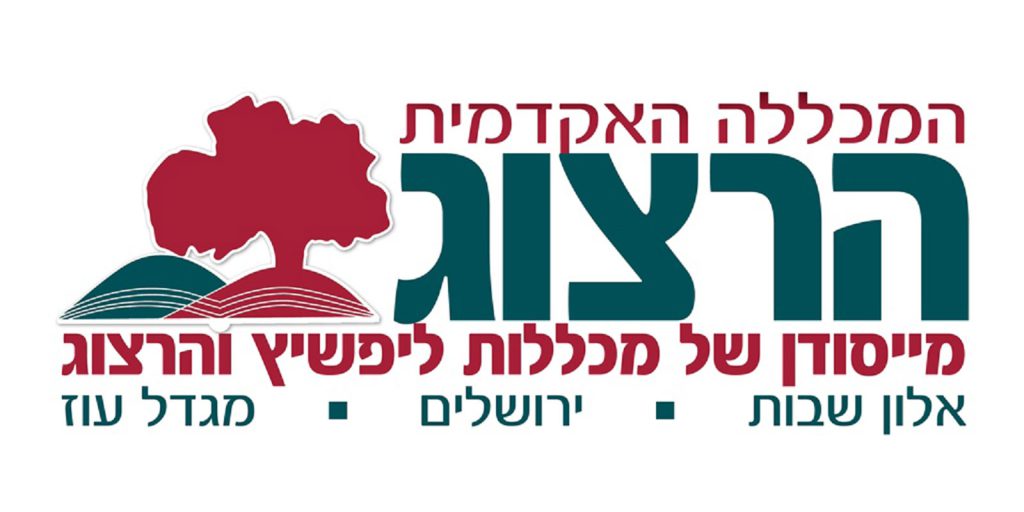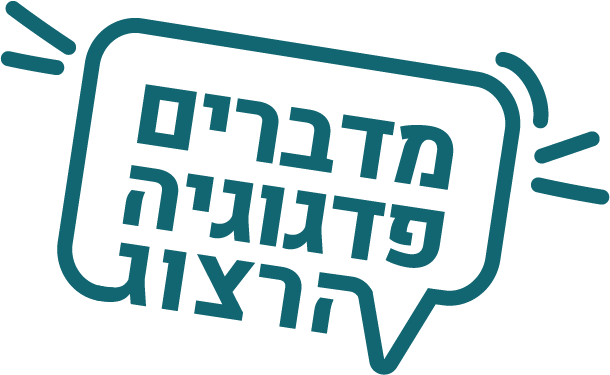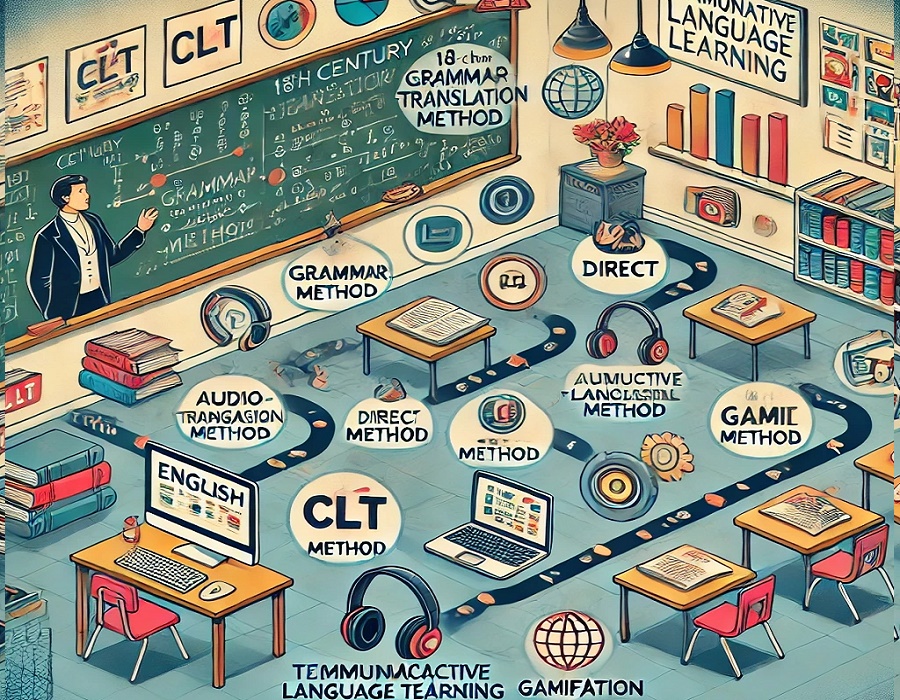The history of English language teaching is marked by a progression of methodologies. The Grammar-Translation Method of the 18th and 19th centuries focused on grammar rules and vocabulary, often neglecting speaking and listening skills. The early 20th century Direct Method emphasized interaction in the target language but lacked systematic grammar instruction.
Post-World War II, the Audio-Lingual Method used repetitive drills to instill language habits. While effective for fluency, it was criticized for overlooking meaning and real communication. The 1970s saw the rise of Communicative Language Teaching (CLT), prioritizing effective communication in real-world situations.
Modern developments have further expanded the field:
- Technology-Enhanced Language Learning (TELL): Integrates digital tools, online resources, and adaptive learning platforms to personalize instruction and provide authentic language exposure.
- Flipped Classroom Approach: Reverses traditional learning by introducing new content outside class time, allowing for more interactive practice during lessons.
- Dogme Language Teaching: Emphasizes conversation-driven instruction with minimal reliance on textbooks or pre-planned materials.
- Neurolinguistic Approach: Based on neuroscience research, it focuses on creating implicit competence through oral communication and literacy.
- Blended Learning: Combines face-to-face instruction with online components, offering flexibility and diverse learning experiences.
- Gamification: Incorporates game design elements to increase engagement and motivation in language learning.
- Mobile-Assisted Language Learning (MALL): Utilizes mobile devices for on-the-go learning, providing access to language resources anytime, anywhere.


